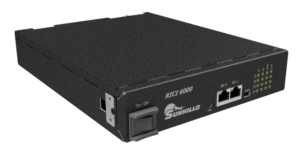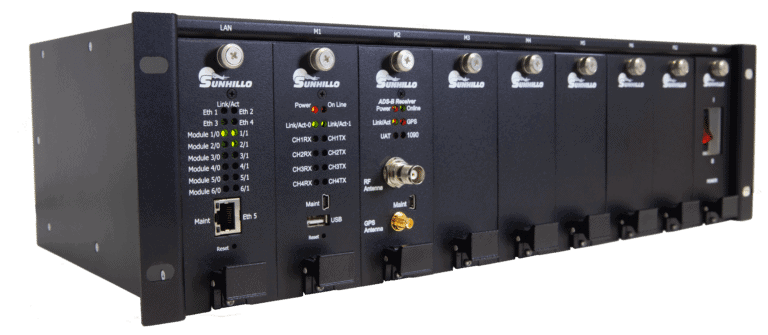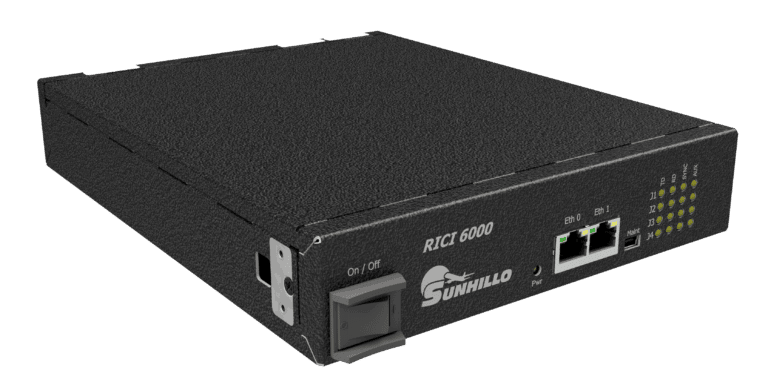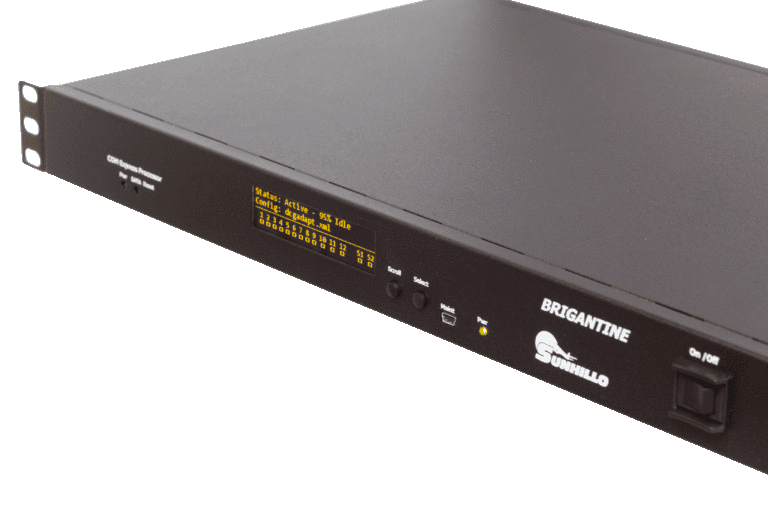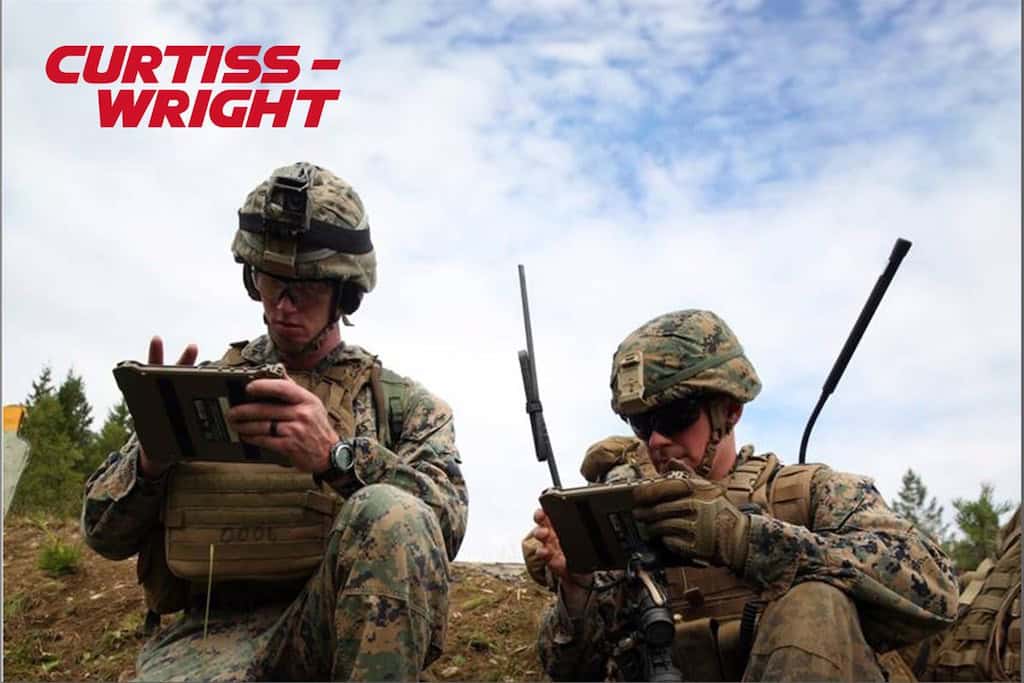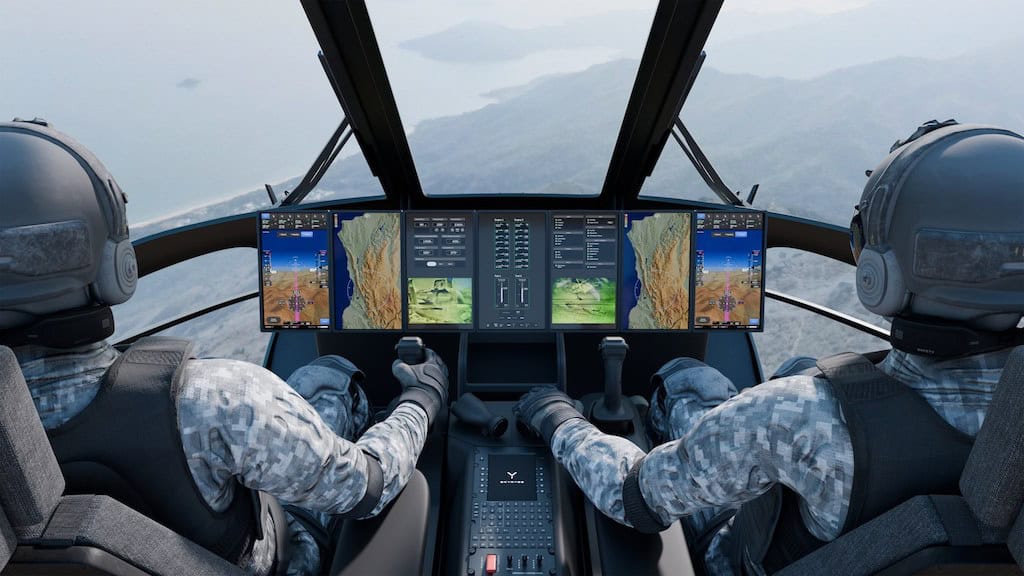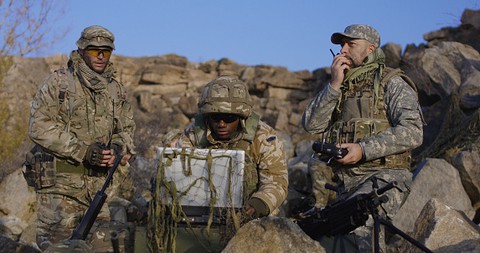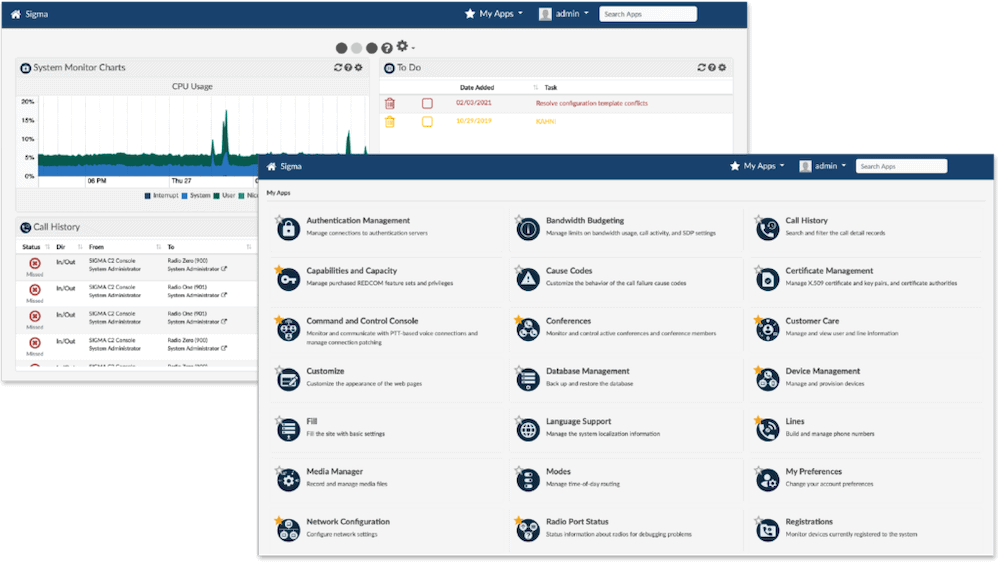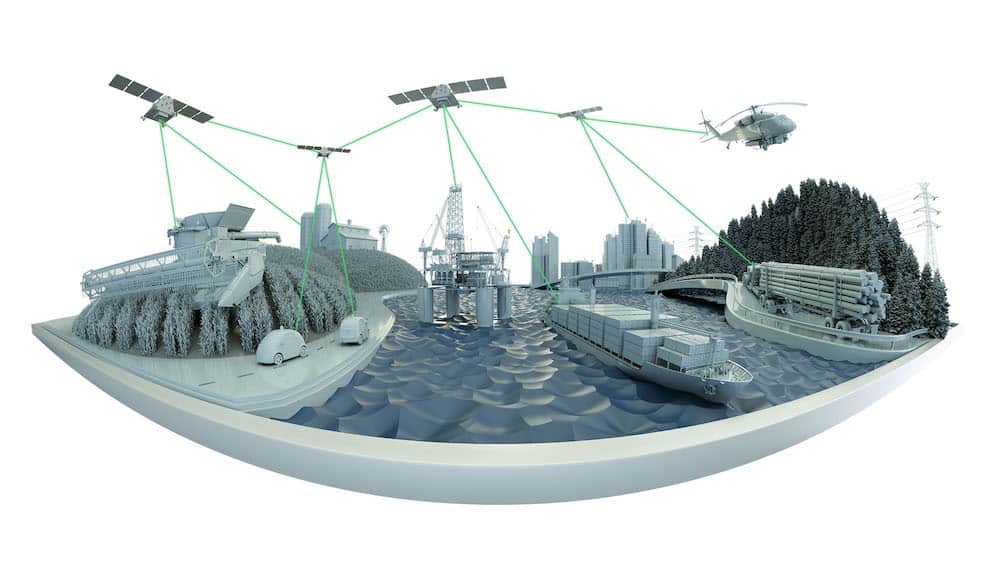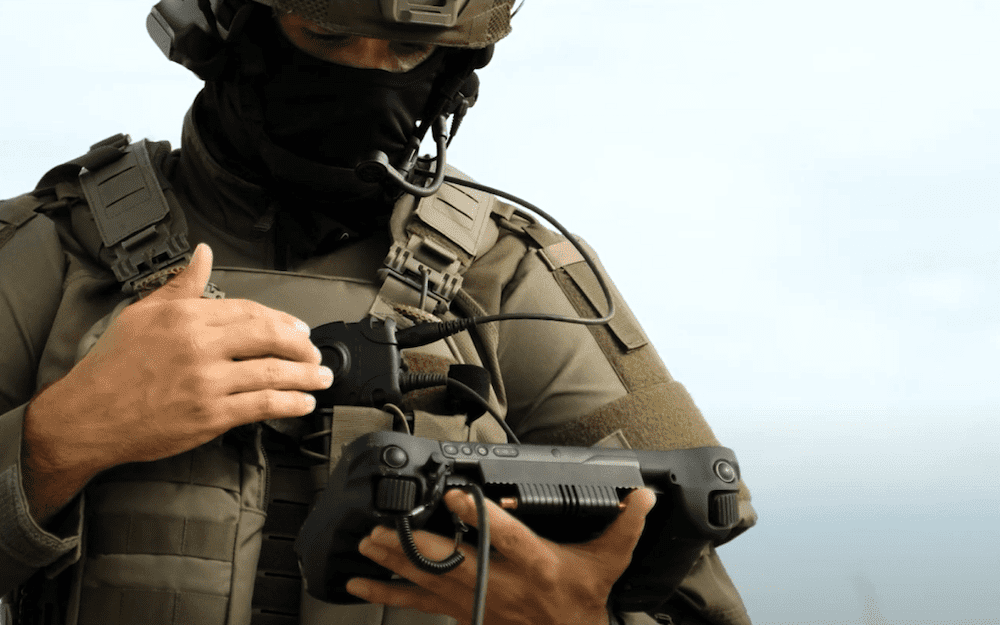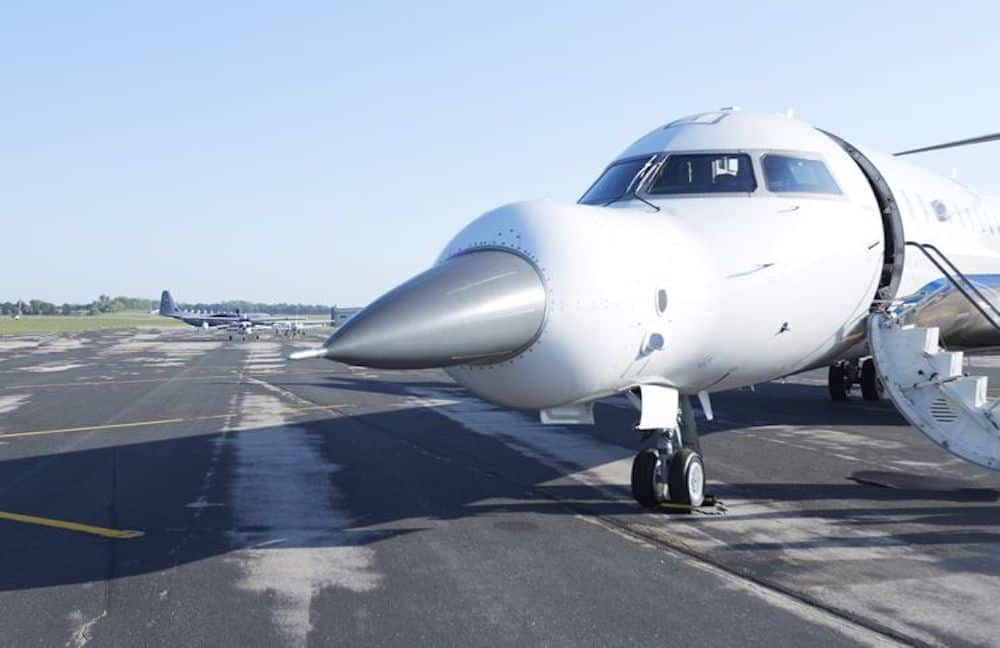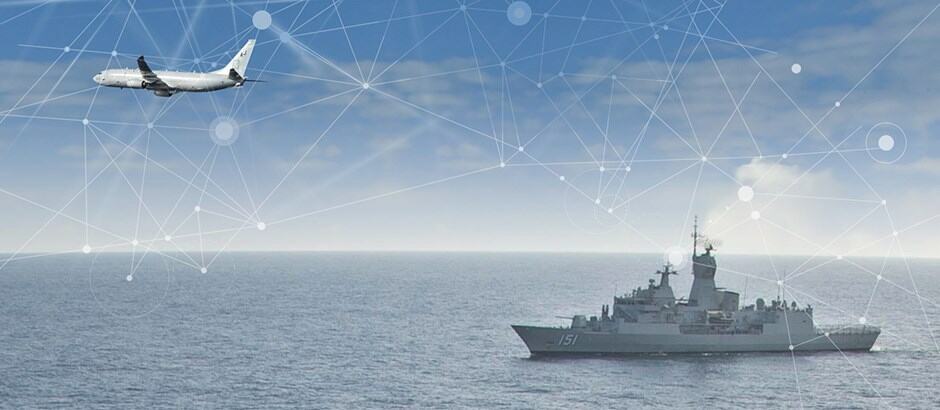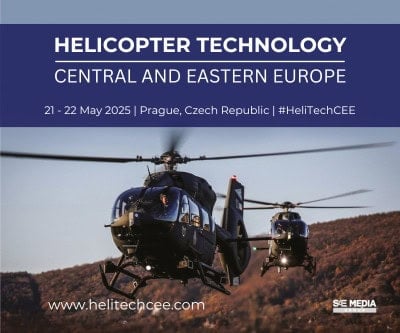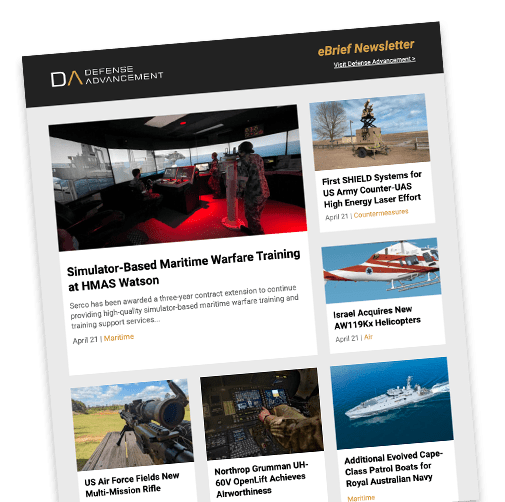Data Conversion Technologies & System Components
Data interoperability systems require a suite of technologies and components in order to deal with challenges such as protocol mismatches, legacy system integration, and real-time data processing. These include:
Data Exchange and Conversion
Military systems often operate on different data formats, which can hinder communication and coordination. Advanced data exchange solutions ensure that data from various platforms can be translated into a unified format.
Data conversion tools enable the seamless transformation of incompatible formats, allowing systems to integrate without requiring significant hardware upgrades.
For example, converting legacy communication systems from TDM to IP ensures compatibility with modern networks, enhancing operational efficiency without replacing entire systems.
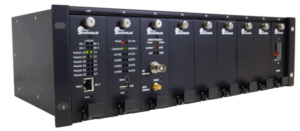
Longport data distribution & conversion unit by Sunhillo Corporation
Protocol Conversion
Protocol mismatches are a common barrier to interoperability in military environments. Protocol conversion tools act as bridges, allowing systems that use different communication standards to interface seamlessly. Solutions for serial to IP conversion are particularly valuable for integrating older hardware with advanced digital networks, ensuring continuity across platforms.
Data Diode Technology for Secure Transfers
A data diode allows one-way data flow, and is critical for maintaining integrity while preventing unauthorized access. Data diodes enable secure data transfers between systems with different security classifications, ensuring mission critical data is both accessible and protected.
Interoperability Standards
Adopting universal data interoperability standards ensures consistency across systems and organizations. Frameworks such as NATO’s interoperability guidelines facilitate communication between allied forces, promoting effective collaboration during joint missions. Standardization minimizes the complexity of integrating systems from different manufacturers, reducing delays in operational deployment.
Standardization is also supported by open system architectures utilized by defense forces, such as the Sensor Open Systems Architecture (SOSA) and the Modular Open Systems Architecture (MOSA).
Integrated Data Processing Systems
Advanced integrated systems process and share real-time data from multiple sources, ensuring timely and accurate information delivery. These systems consolidate intelligence from sensors, tactical drones, and reconnaissance units, automatically converting raw inputs into actionable insights.
AI-Driven Data Processing
Artificial intelligence (AI) enhances the interoperability of data by automating complex processes such as protocol conversion, data format translation, and real-time analysis. AI-powered solutions can rapidly identify patterns and discrepancies, ensuring that critical data is processed and disseminated with minimal latency.





